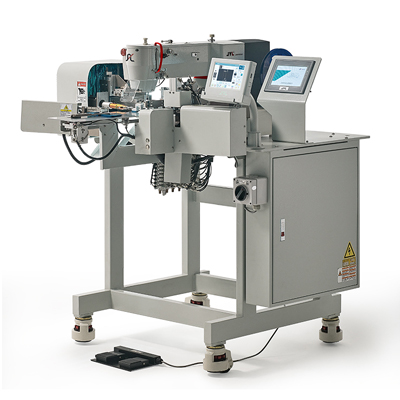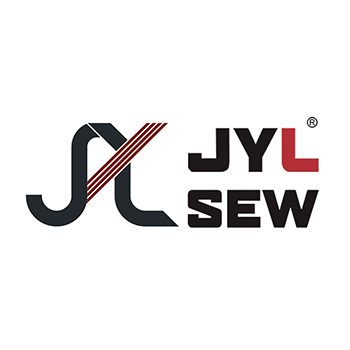The Shoe Tongue Loop Sewing Machine is a vital piece of equipment in the footwear manufacturing industry, ensuring precision and efficiency in the stitching of shoe tongues. To maintain its optimal performance and prolong its lifespan, regular maintenance and proper care are essential. Here's a comprehensive guide on how to keep your Shoe Tongue Loop Sewing Machine in top condition.

1. Daily Cleaning
Start with a daily cleaning routine to remove dust, lint, and any debris that may accumulate during operation. Use a soft, lint-free cloth to wipe down the exterior surfaces, including the machine's frame, table, and controls. Avoid using harsh chemicals or solvents as they may damage the machine's finish or internal components.
2. Lubrication
Regular lubrication is crucial to reduce friction, prevent wear, and ensure smooth operation. Follow the manufacturer's recommendations for the type and frequency of lubrication. Typically, moving parts such as gears, bearings, and slideways require lubrication. Use the specified lubricant and apply it carefully, avoiding excess that could attract dirt or clog mechanisms.
3. Thread and Bobbin Management
Keep the thread path clean and free of tangles. Regularly check and replace worn or frayed threads to avoid breakage during sewing. Ensure that the bobbin is properly loaded and tensioned to prevent skipped stitches or uneven seams.
4. Needle and Hook Inspection
Inspect the sewing needles and hooks regularly for signs of wear or damage. Dull or bent needles can cause poor stitch quality and even damage the machine. Replace worn needles promptly and ensure that the hook timing is correct for smooth operation.
5. Belt and Pulley Check
Examine the drive belts and pulleys for wear, cracks, or fraying. These components transmit power from the motor to the sewing mechanism, and their condition directly affects the machine's performance. Replace worn belts and pulleys as needed to maintain proper tension and prevent slippage.
6. Electrical System Inspection
Inspect the electrical system, including cords, plugs, and switches, for signs of damage or wear. Ensure that all connections are tight and secure. Avoid overloading the machine's electrical circuits, and use a surge protector to protect against power fluctuations.
7. Regular Service Intervals
Schedule regular service intervals with a qualified technician to perform a thorough inspection and maintenance of your Shoe Tongue Loop Sewing Machine. This includes adjusting tension settings, calibrating sensors, and replacing worn parts as necessary. Regular service ensures that your machine operates at peak performance and reduces the risk of unexpected downtime.
8. Storage and Handling
When not in use, store your Shoe Tongue Loop Sewing Machine in a clean, dry environment. Cover the machine with a dust cover to protect it from dirt and moisture. Handle the machine with care, avoiding excessive force or dropping, which could damage internal components.
9. Operator Training
Ensure that all operators are properly trained on the safe and efficient use of the shoe tongue loop sewing machine. Proper training reduces the risk of accidents and extends the machine's lifespan by preventing misuse or neglect.
10. Record Keeping
Maintain a maintenance log to track all maintenance activities, including cleaning, lubrication, repairs, and part replacements. This record helps you identify patterns or issues that may require attention and ensures that your machine receives the necessary care to keep it running smoothly.
By following these maintenance and care tips, you can ensure that your Shoe Tongue Loop Sewing Machine remains in top condition, delivering precision and efficiency to your footwear manufacturing process.




